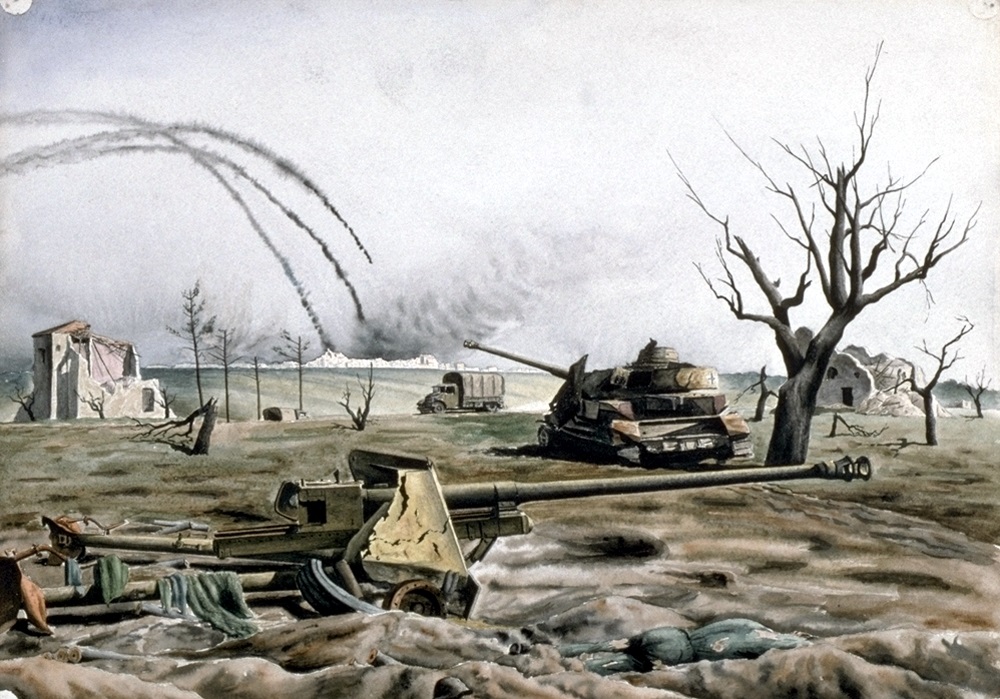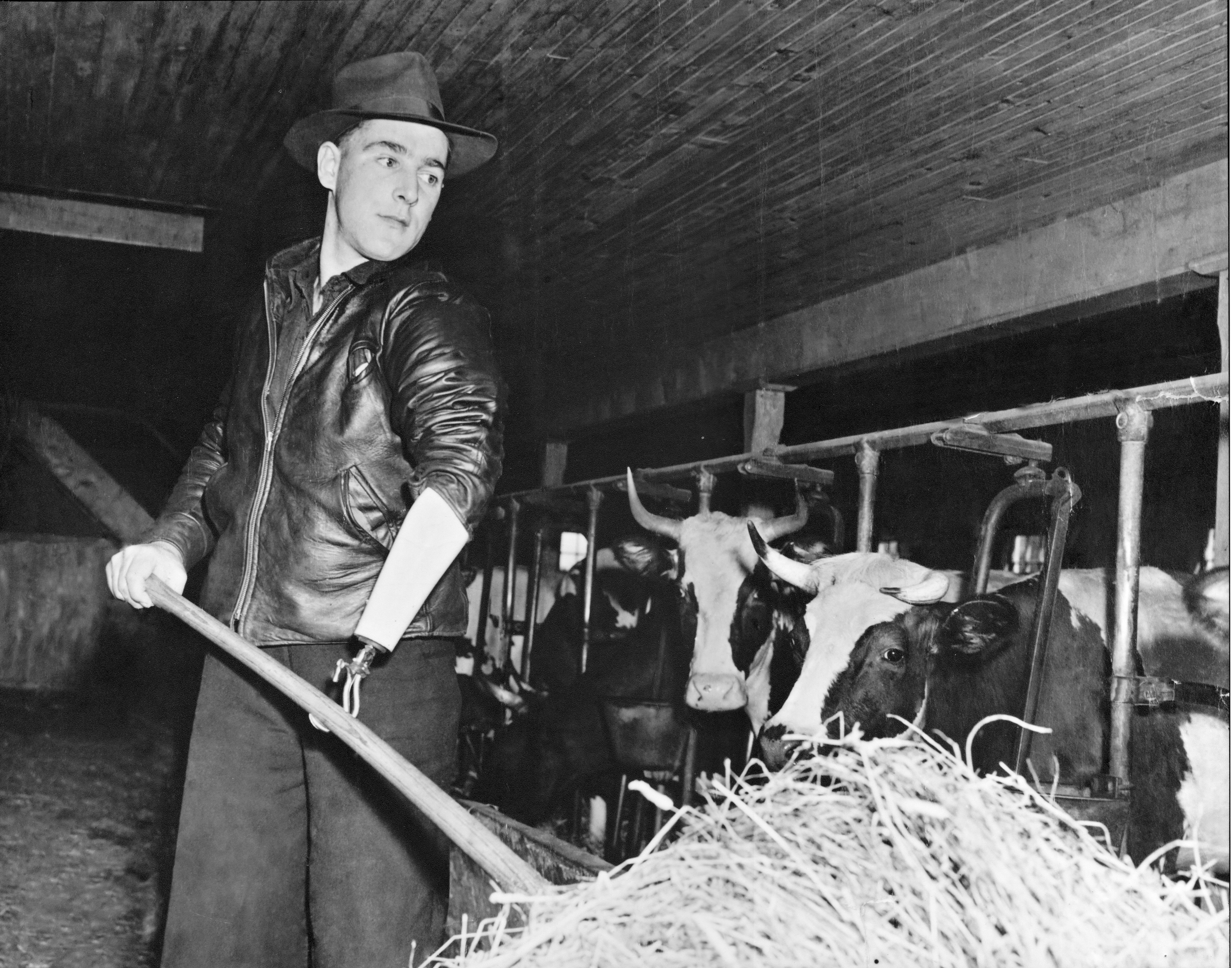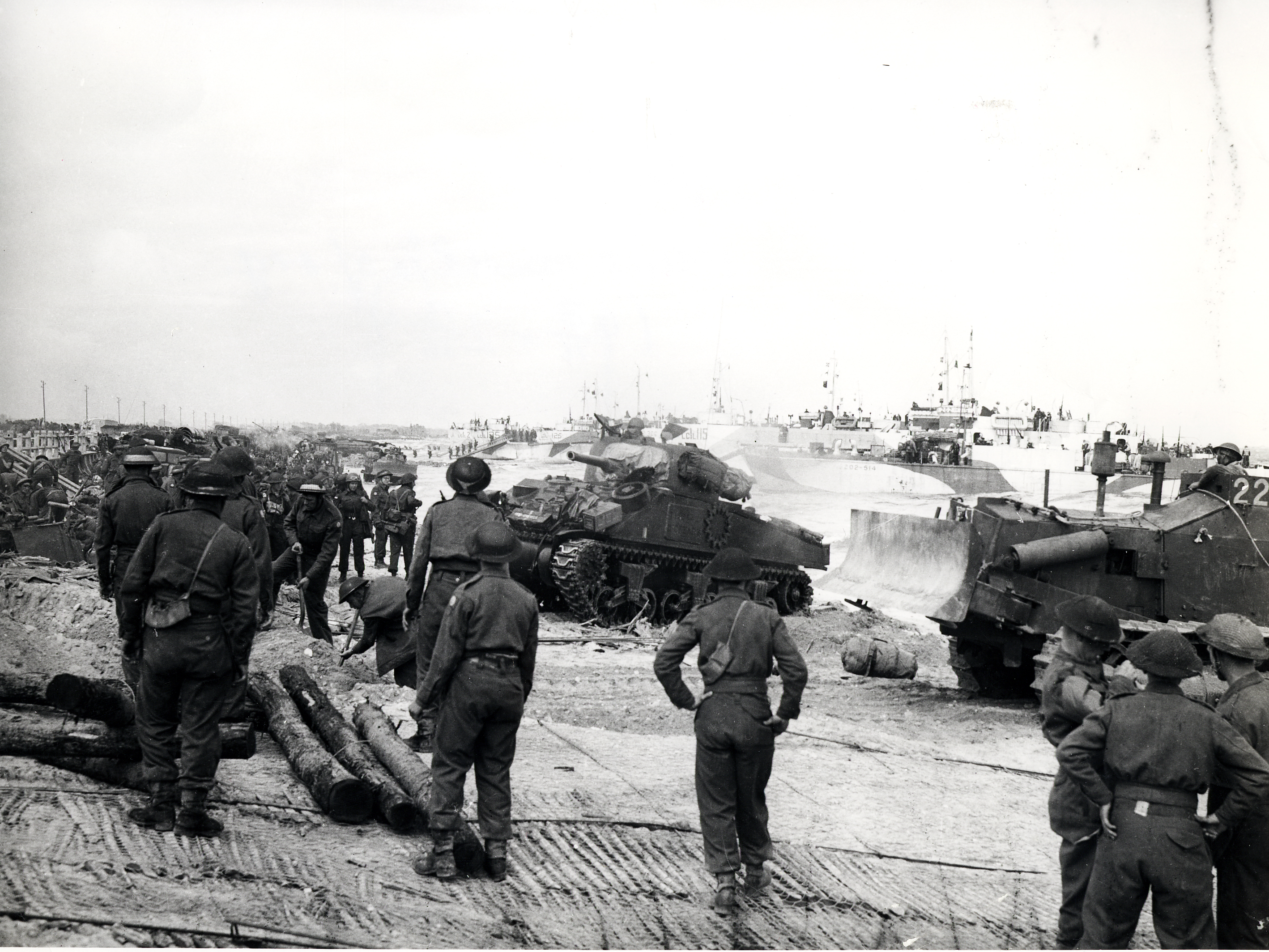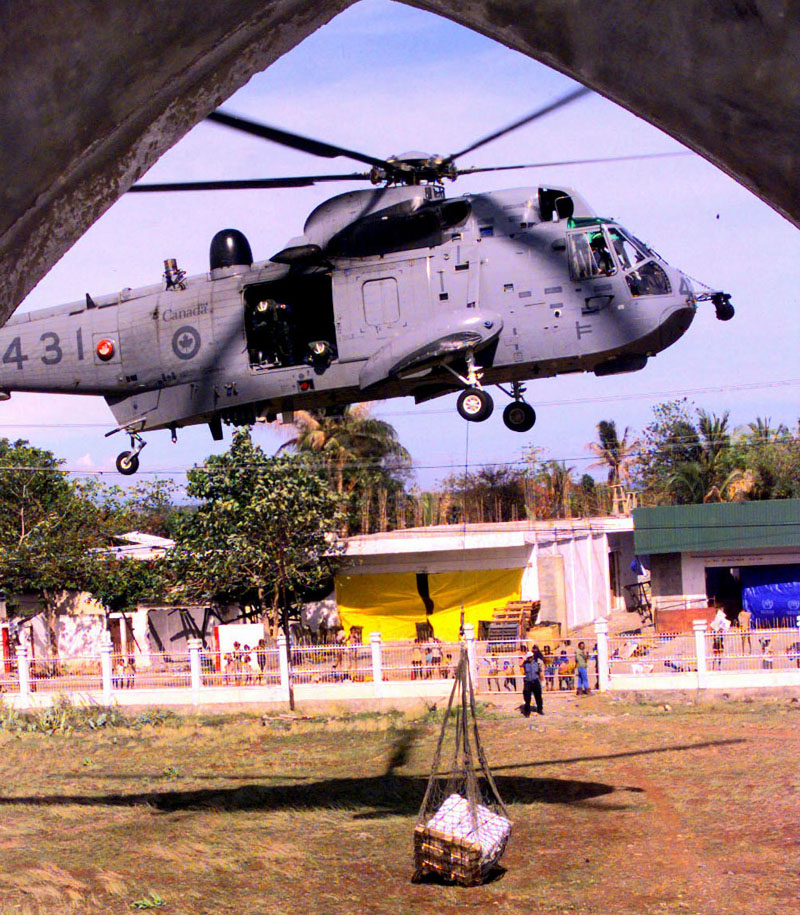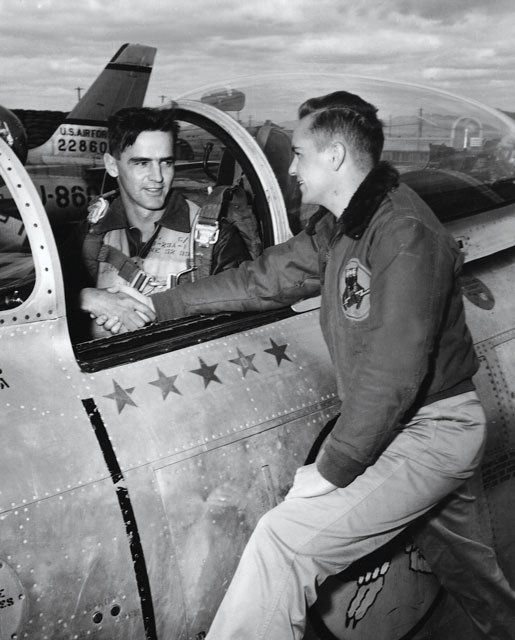Canada Remembers Times - 2019 Edition - Page 1
Fighting in the Italian Campaign
German Anti-Tank Position – a war painting by Lawren P. Harris depicting fighting in Italy.
Image: Canadian War Museum
One of Canada’s most important military efforts during the Second World War was the Italian Campaign. Our troops’ first action there came during the Allied invasion of Sicily on July 10, 1943, and Canadians played a key role in pushing enemy forces from this hot and dusty Mediterranean island. Their next task was attacking mainland Italy and our soldiers came ashore there on September 3, 1943.
Italy was a challenging place to fight. Much of the country is mountainous with many deep valleys cut by rivers. The climate could be harsh, with scorching summers and surprisingly cold winters. The German defenders were skilled and used the terrain to their advantage, with our soldiers often facing heavy fire from the hills above as they tried to fight their way northward up the country.
The fighting was bitter and battles at places like Ortona, the Liri Valley and the Savio River are still grimly remembered by Canadian Veterans of the Italian Campaign today. Our troops would not be part of the final Allied victory in Italy, however, as they began to be transferred to Northwest Europe in February 1945 to join the 1st Canadian Army that would liberate the Netherlands.
More than 93,000 Canadians would bravely serve in Italy during the Second World War. Sadly, almost 6,000 Canadians died and some 20,000 more were wounded. To mark the 75th anniversary of this campaign, commemorative events will be held in Canada and overseas. How will you remember?
Down but not out
Daniel J. MacDonald working on his farm.
Photo: MacDonald Family Collection
Sergeant Daniel J. MacDonald of Prince Edward Island served with the Cape Breton Highlanders in Italy during the Second World War. He was badly wounded during fighting at the Senio River on December 21, 1944, losing his left arm and leg when a German shell exploded nearby. MacDonald would not let these injuries derail the rest of his life, however, and he returned home to PEI where he farmed, got married and raised seven children. He was elected to the provincial legislature in 1962 and later entered federal politics, becoming the Minister of Veterans Affairs in the 1970s before passing away in 1980.
Storming Juno Beach
Canadian soldiers and tanks landing at Courseulles-sur-Mer, France, on June 6, 1944.
Photo: Library and Archives Canada PA-128791
One of the most famous chapters of the Second World War took place in Normandy, France, on June 6, 1944. This date—now known to history as “D-Day”—saw Canadian, British and American troops come ashore in occupied France to begin the liberation of Western Europe after more than four years of brutal German occupation.
Some 14,000 Canadian soldiers landed at Juno Beach on D-Day, braving heavy fire as they dodged mines, shoreline obstacles, barbed wire and other enemy defences. Four hundred and fifty Canadian paratroopers also jumped into occupied France that morning, with thousands of Canadian sailors and airmen helping support the Allied assault, as well. By the end of June 6, 1944, Canadians had pushed the farthest inland of any of the Allied forces, but the price they paid was steep—359 of our soldiers had lost their lives. It was only the beginning of the bloody Battle of Normandy, but the Allies had finally cracked the walls of Fortress Europe.
Joseph William (Bill) Ross of Montreal described the heavy losses suffered by the Queen’s Own Rifles of Canada at Juno Beach:
“Our B Company, they got badly hit. One platoon of 35 men… ended up with eight at the end of the day. My buddy—there’s 10 [or] 11 in a section—and he was the only guy left... They hit right in front of a machine gun post and of them, seven of the guys were killed in the water.”
Restoring peace on the other side of the world
A Canadian Armed Forces helicopter delivers supplies in East Timor.
Photo: Department of National Defence
Canadian Armed Forces members have served in many places around the world over the years, but one of the most distant was East Timor. More than 600 Canadians served in this small, tropical land several hundred kilometres north of Australia in peace support missions that began two decades ago this year.
East Timor had been a colony of Portugal until the 1970s when civil war erupted over its political future. It controversially became a province of Indonesia in 1976 and years of brutal rule followed. When widespread violence flared there again in the late 1990s, many people were killed and up to 700,000 residents displaced. Canadians would take part in major multinational missions in East Timor between 1999 and 2001 to help restore peace and security.
The Canadian Armed Forces would send HMCS Protecteur, soldiers from the Royal 22e Régiment and transport aircraft to East Timor. They carried out duties like providing security, constructing a camp, repairing local schools and hospitals, keeping warships supplied, and transporting cargo from Australia until they left for home in 2001 as the political situation began to improve.
Sergeant Frank Jérome – Indigenous war hero
Frank Narcisse Jérome of Quebec was one of Canada’s most heroic soldiers of the First World War. A Mi’kmaq from the Gaspé Peninsula who was a member of the Gesgapegiag First Nation, he enlisted in the Canadian Expeditionary Force in June 1916 and sailed overseas later that year. Jérome would see heavy action in France and Belgium with the 14th Battalion (Royal Montréal Regiment), taking part in major battles at places like Vimy Ridge, Hill 70, Passchendaele and in the series of actions during “Canada’s Hundred Days” in the closing three months of the conflict.
He was exceptionally brave on the battlefields of the Western Front and would become one of only 39 Canadians to receive the Military Medal three times during the First World War. Jérome rose through the ranks to become a sergeant and, despite being wounded in action, survived the conflict to return home in 1919—a shining example of the impressive service of thousands of Indigenous people in Canada’s military over the years.
Fabulous flying feats in Korea
Ernie Glover (left)
Photo: Legion Magazine
One of the best pilots of American fighter jets during the Korean War was actually a Canadian. Ernest Glover of Ontario got his wings as a teenager after enlisting in the Royal Canadian Air Force (RCAF) during the Second World War. He soon proved to be a skilled airman, flying combat missions over occupied Europe. In 1943, his plane was downed by enemy fire and he spent the rest of the war in a German prisoner of war camp.
The harsh conditions he faced in captivity did not deter Glover from again taking flight during the Korean War. He was one of more than 20 Canadian fighter pilots who served with the United States Air Force while on exchange from our country’s military. Glover would fly the new and powerful F-86 Sabre jet fighter during his service in Korea. He flew 58 combat missions and engaged in fierce dogfights with Soviet-made MiG-15s, downing three enemy jets—the most of any Canadian pilot in the Korean War.
His impressive flying feats earned Flight Lieutenant Glover both the American and the Commonwealth Distinguished Flying Cross (DFC). Glover came back from Korea and continued to serve his country for almost 20 more years, finally retiring in the early 1970s.
- Date modified:
